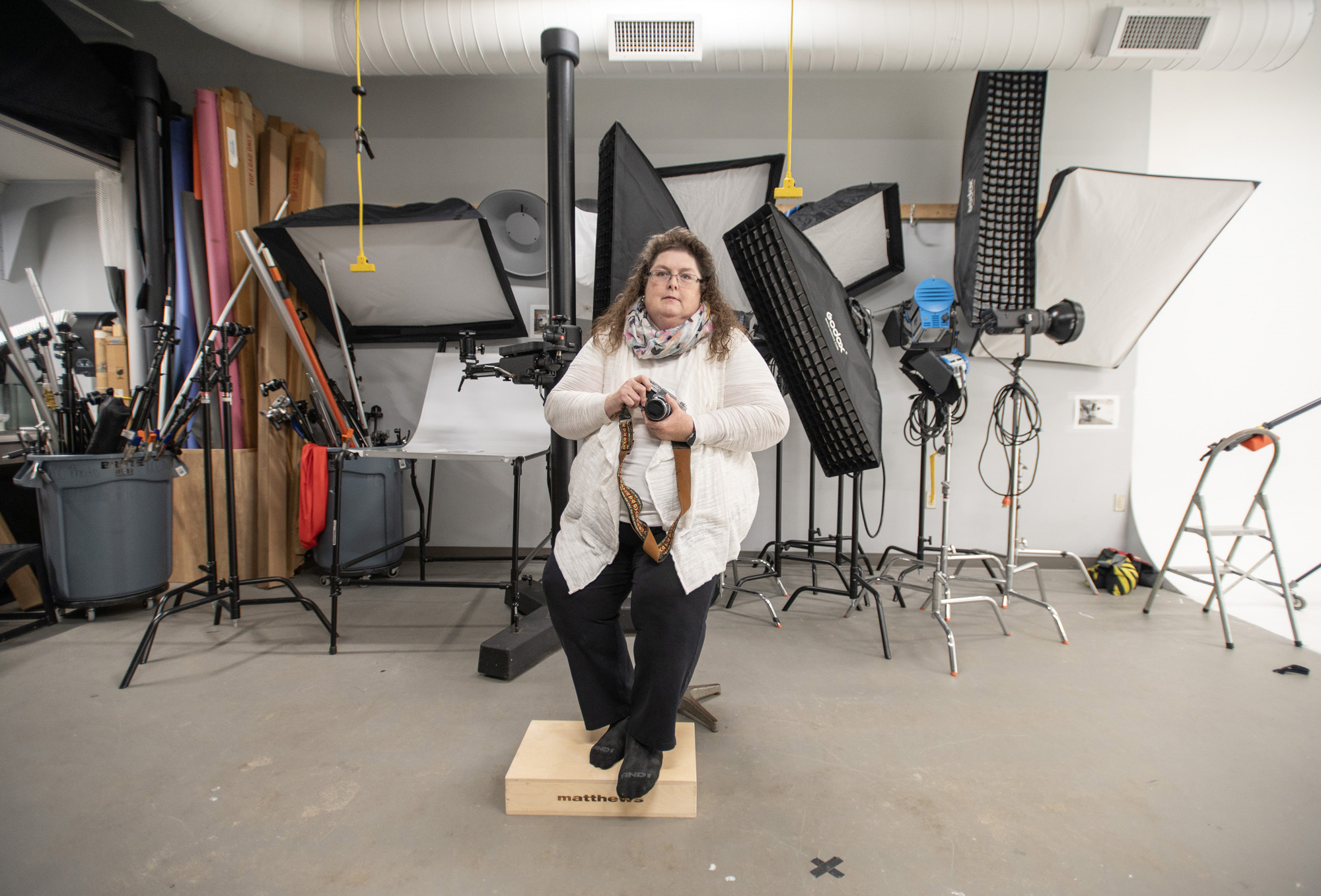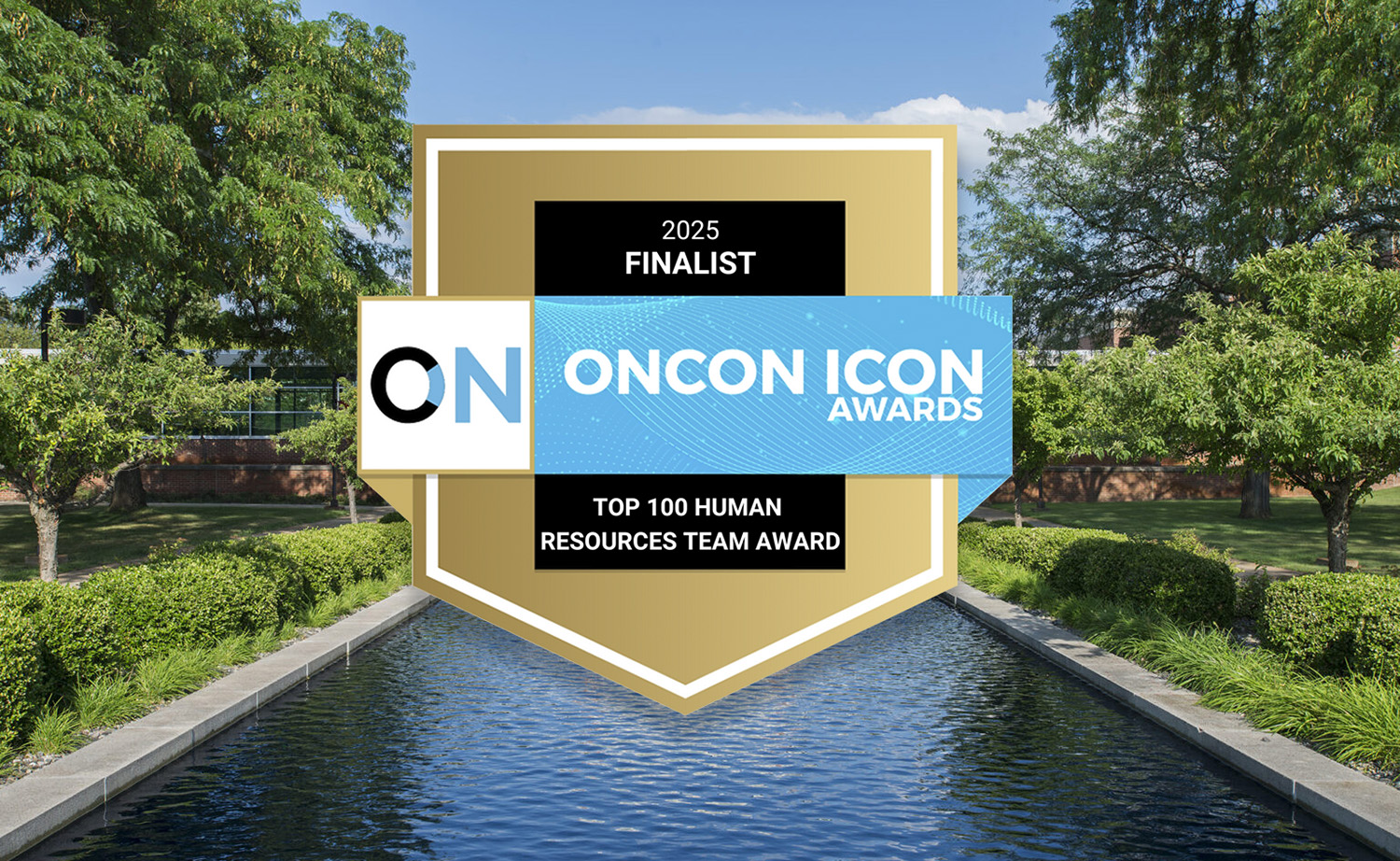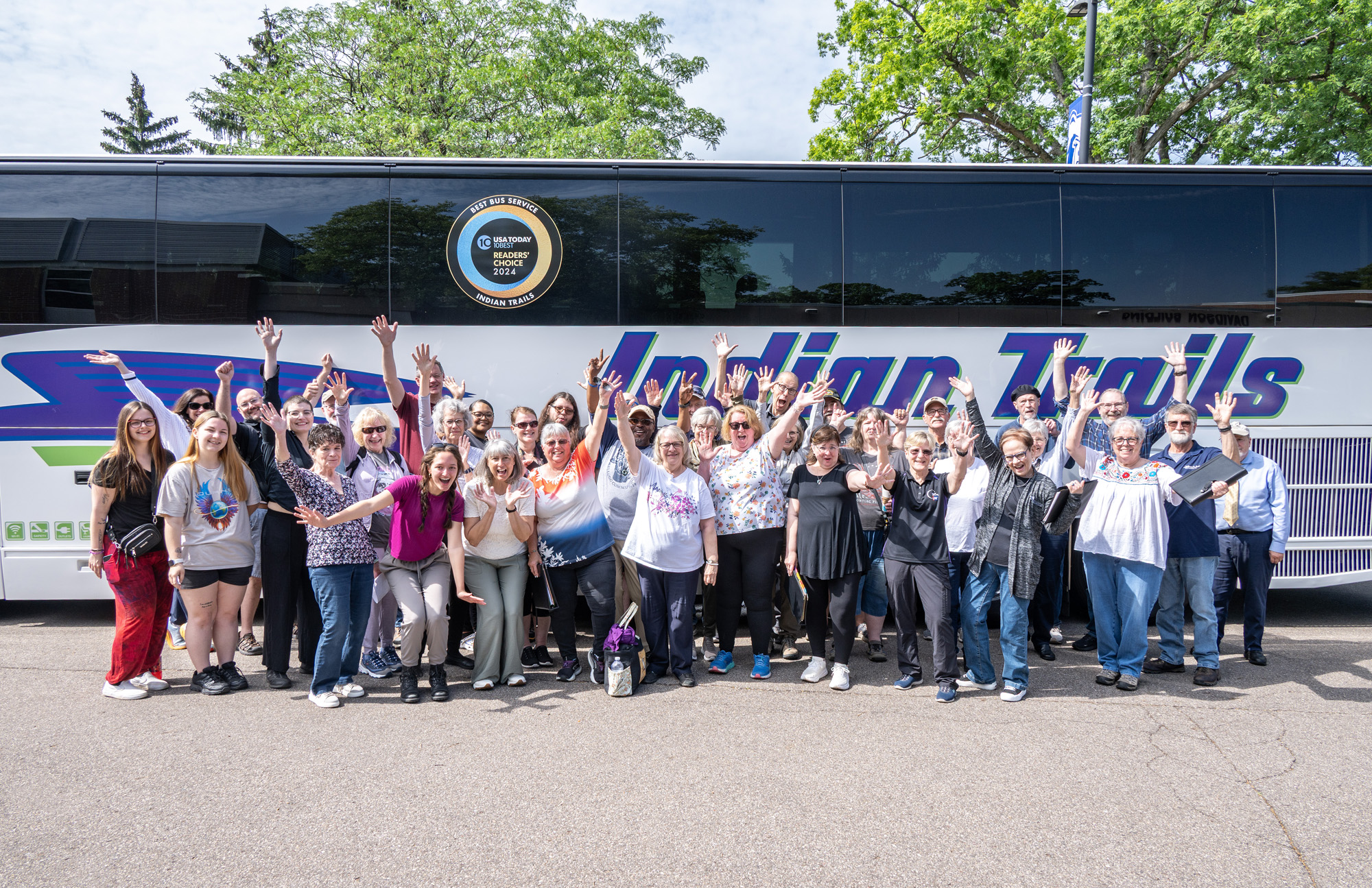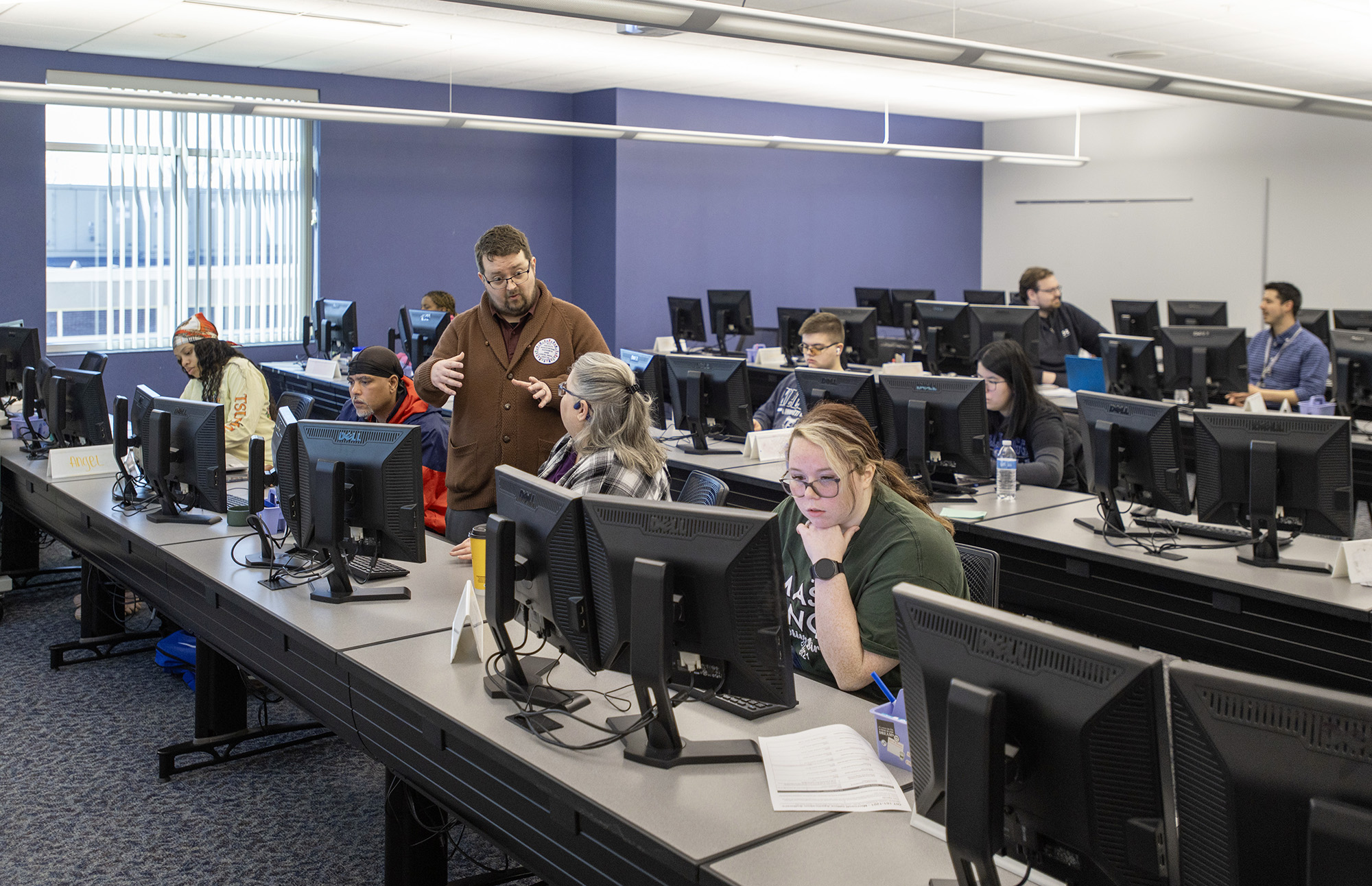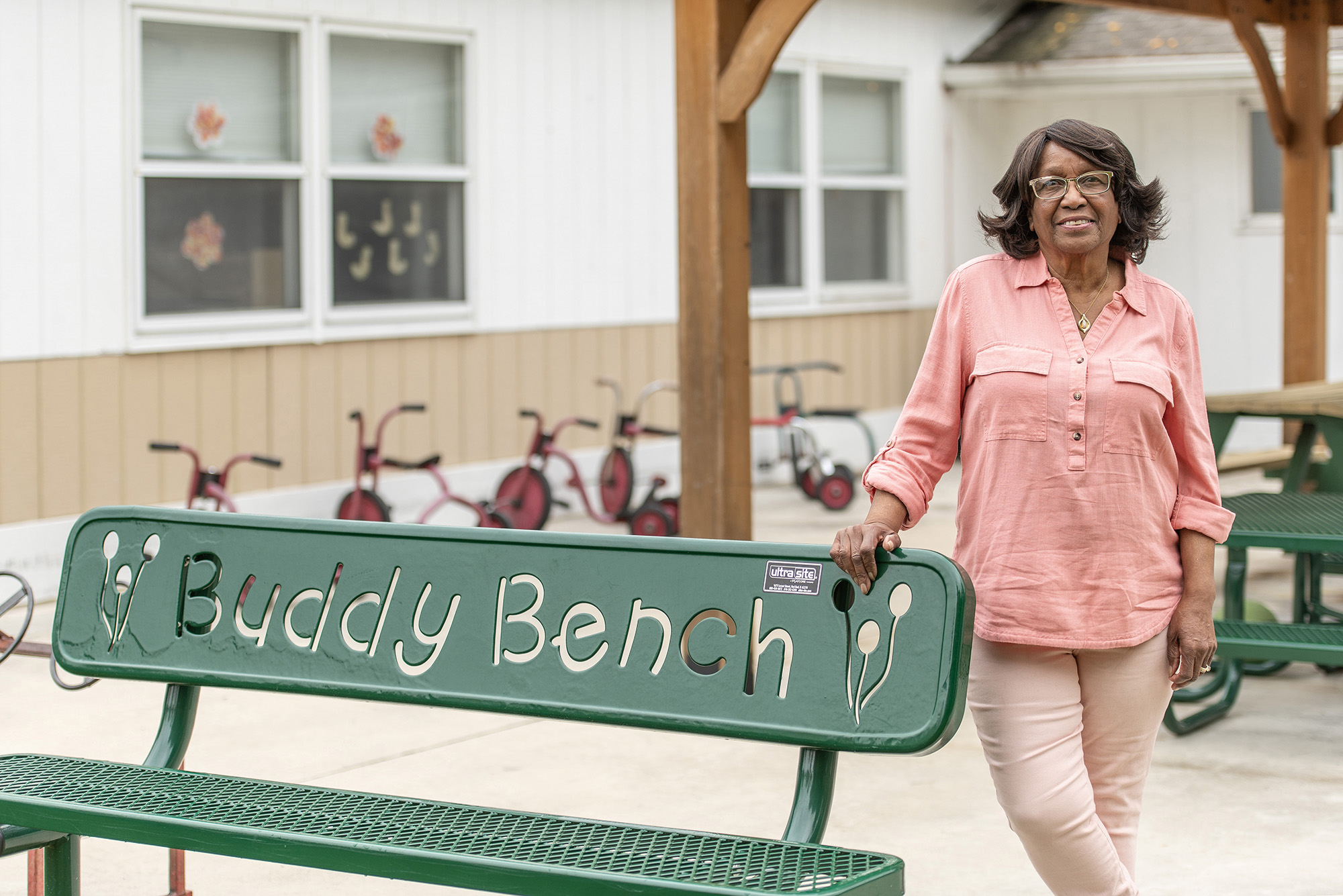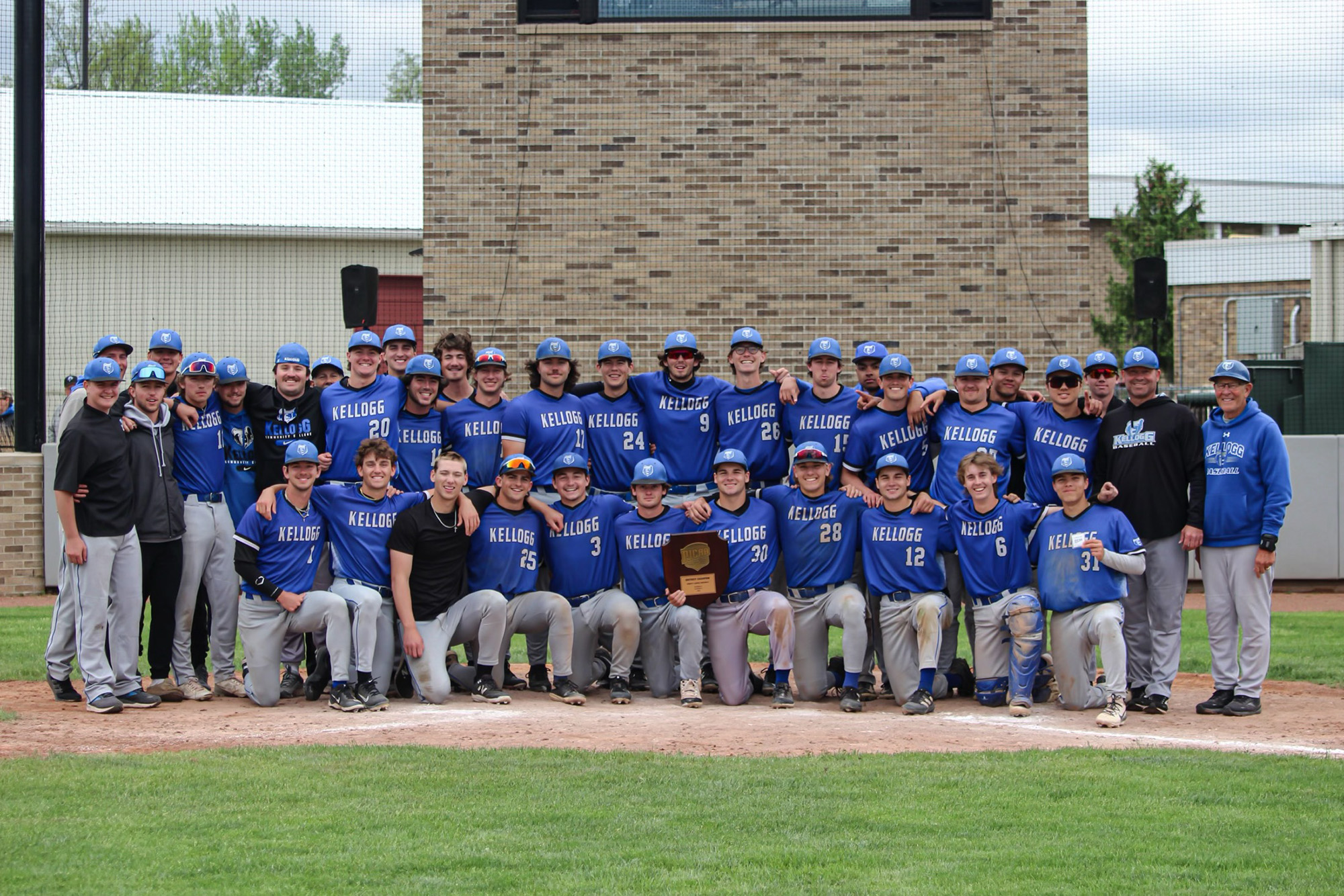A familiar sculpture installed outside the Schwarz Science Building boasts a title that describes Physical Science professor Ron Smith well: Inspiring Generations.
Created in celebration of KCC’s 50th anniversary celebrations in 2007, the sculpture features 50 shaped metal pieces – leaves at the bottom, hands at the top – which is one shape for each year Smith has spent educating students at KCC.
Fifty years.
Generations of students.
Put another way: There’s a good chance that Smith’s students today not only have parents who were in Smith’s classes, but have grandparents who were in Smith’s classes.
Smith is retiring this spring after teaching science at KCC since 1972. We reached out to him recently to tap into some of the wisdom he’s gleaned as the longest-serving faculty member at the College.
What inspired you to become a faculty member at KCC and what motivated you to stay for 50 years?
I chose to come to KCC because the institution was small and students were readily available to interact with. My goal was to teach somewhere that allowed me to get to know the students. During my first years here, I realized that the philosophy of the community college was right in line with my goals: educating and serving the students and their community.
The mission of the College was one of the driving forces to keep me here. Also the closeness of the faculty and administration was a very strong influence on my decision to stay. In the years since, some of these driving forces have long since given way to a new visions for the College.
What changes have you seen at the College over the course of your career and how have they impacted your role and the education provided to students?
One of these changes was to eliminate the full-service cafeteria for a grab-and-go bistro. That has left no reason for faculty to gather together during the day to see how things are going in the Education Division. This is one of the most significant changes I can address. It also provided an opportunity for faculty to interact with students in a casual environment.
The Colleges’ mission and the goals of the College have stayed pretty much the same over the years. The difference has come when the intent of the College is not met with action on the intended goals. The College has become more intent on maintaining status along with other colleges and not leading the way in making changes to directly affect our student educational experience.
How are students today different from students 50 years ago?
The students of today are more needy than previous students. I believe this has come about because we don’t hold students accountable for their own education. Today’s students have developed a sense of entitlement when it comes to assistance and services in the institution. As an institution we have become more intent on the accommodation of the student moreso than the education of the student. This makes it very difficult to maintain a high level of expectation from the students. As we become more and more accommodating to the students, we will find ourselves searching for new ways to get them to achieve at world-class standards.
How have you seen the field of education change over the years?
The face of education has changed over the years in so many ways. The introduction of online learning. This is actually a modification of the one-time distance learning and video learning practices of the late 1990s. The lack of contact with students makes it very difficult to determine the needs of a student as it relates to your content area.
Can you speak to the importance of community colleges and the role they play in providing accessible education to students of all backgrounds and abilities?
The community college still remains one of the most important assets in our communities. Students from all walks of life are given the opportunity to enhance their lives and improve the conditions in their community. Community colleges are now facing the challenge of widening these opportunities to address the changing needs of today’s population of students.
How do you see the future of community colleges and what advice would you give to current and future faculty members to help ensure their continued success?
If the current faculty and the future faculty are to keep up with the demands of the community, they need to commit themselves to an educational system that promotes a face-to-face learning environment for our students. Students learn from their teachers when they can see the modeling of success in their classroom. Emulation is very significant component of education of young people. We can’t lose sight of how influential you can be on an individual who looks up to you.
Any advice for students?
If I have any advice for students, it would be to “maximize the moment” (take advantage of every opportunity you have to learn), “minimize the load” (eliminate all distractions that interrupt your path to your goal) and “memorize the mission” (never forget why you are attending college).
This article first appeared in the June 2023 edition of BruIN magazine. To read the issue online, please visit kellogg.edu/bruinmagazine.




